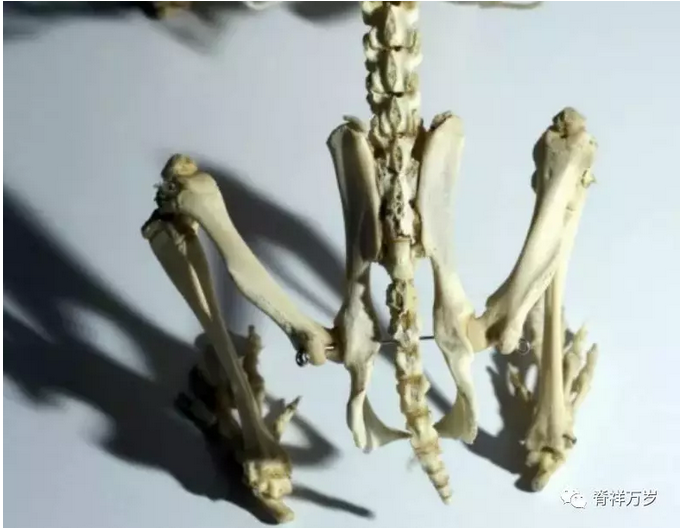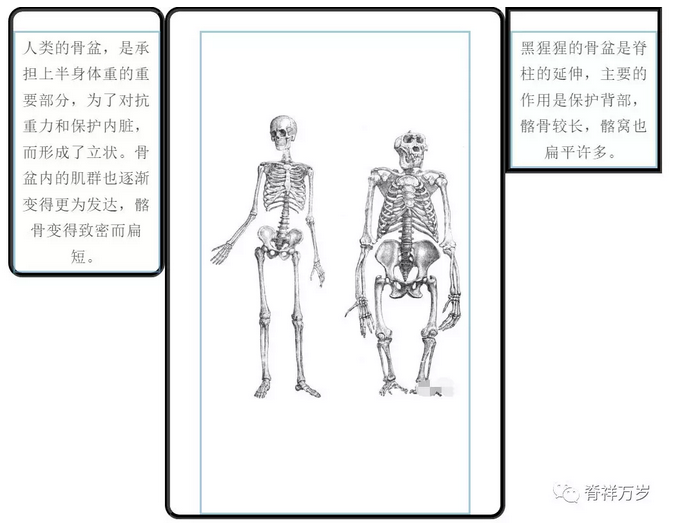
Service hotline:
13533607738
18602592233
Welcome to 广东脊祥万岁健康管理有限公司!
最新资讯
According to Darwin's Theory of Evolution, humans have evolved over 50 million years from ancient apes similar to today's gorillas.
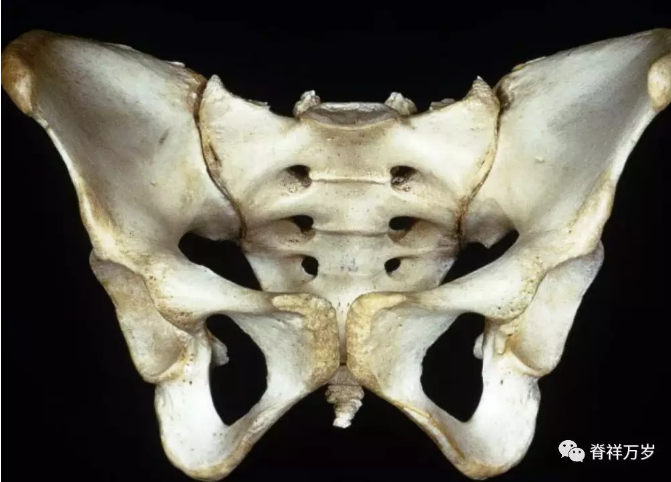
Biologists have found that about five million years ago, Australopithecus Australopithecus gradually left the jungle because of changes in natural climate. Instead of climbing, it needed more bipedal movement to free its hands for grasping. In order to adapt to bipedal walking, the skeletal structure of human ancestors has gradually changed, and the pelvis is one of the most obvious changes.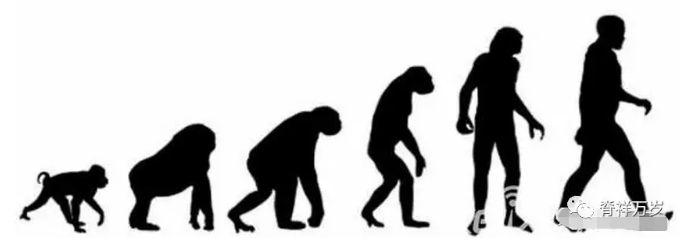

The comparison of lower limbs in several periods related to human evolution in evolutionary theory
(Left: Chimpanzee in the middle: Australopithecus in the right: Modern Humans)
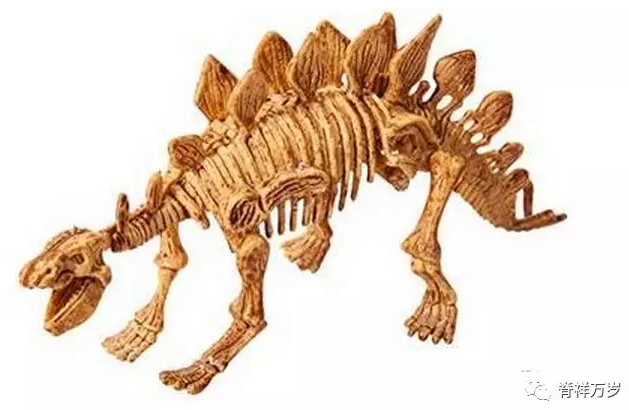
Reptiles and most mammals are quadruped landing. Their pelvis is just the extension of the spine, which is elongated and plays the role of protecting the back. The leg of lower limbs is at right angle to the pelvis. Combined with the observation of the limbs, it is similar to the relationship between the table and the table foot, balanced and stable.
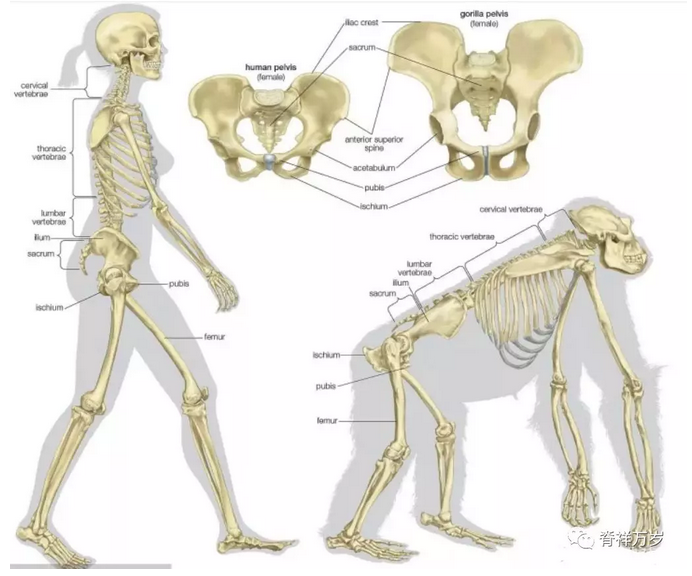
人类
With the gradual erection of the pelvis, the pelvis no longer responsible for protecting the back. The iliac bones gradually degenerate and shorten, and the pelvis becomes more flat, which makes the pelvis easier to rotate horizontally, making the body flexible and free.

At the same time, besides shortening, the human pelvis also gradually widening, gradually evolving into a three-dimensional shape like utensils on the level, so that standing human pelvis can carry the internal organs of the abdominal cavity through the pelvis.
In addition, another landmark change in human evolution is that animals need tails to balance their heads when they crawl on their limbs. With the standing of human beings and the flexible function of both hands, the balance of the body becomes the coordination between head and hand.
The tail that is no longer needed degenerates gradually, shortens progressively forward, and finally evolves into the coccyx below the pelvis.
